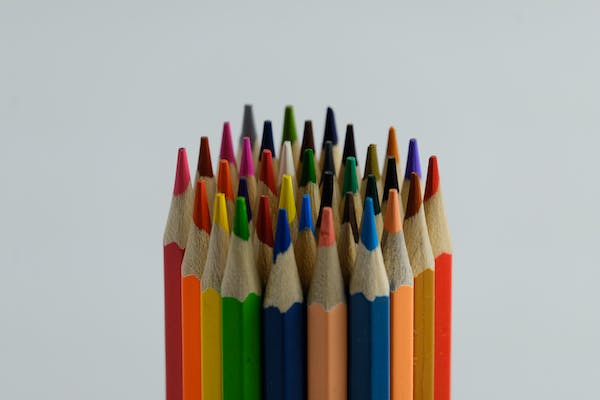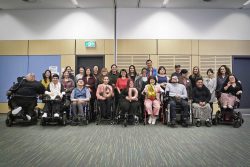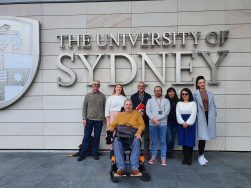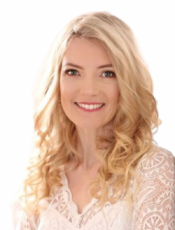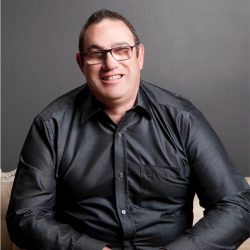Meaning well doesn’t equal inclusion
This month we are revisiting an article from February 2020:
Meaning well doesn’t equal inclusion
Real inclusion takes action as well as good intentions.
by Christina Ryan DLI CEO
It’s unusual to meet someone who doesn’t think it’s a good idea to employ disabled people, or to be working towards an inclusive workplace.
So, why is it still so hard to find good workplaces that are inclusive where disabled people feel comfortable and stay for the long haul? Why have the statistics on disability employment stagnated for decades, or gone backwards?
Because everybody thinks they’re doing something, and very few are.
Disability Leadership Institute (DLI) members recently shared their experiences of workplace inclusion. They identified that workplaces still aren’t getting inclusion right, with a continuing lack of real action, and despite many workplaces claiming they are inclusive.
There is no doubt employers mean well, but is meaning well enough to get inclusion over the line? Unfortunately not. Meaning well doesn’t equate to action, and it is real action that is needed.
DLI members had several comments and suggestions for getting inclusion right across a range of workplace touch points. Many of these suggestions come from managers of teams, CEOs, and highly qualified disabled people struggling to find work. All the suggestions are from disabled people as both practitioners of inclusion and participants in inclusive processes.
Inclusion needs to start at the beginning, during recruitment, and continue as an ongoing focus for management and leadership every day. Complacency is not an option. Never assume your organisation is fully inclusive, nor that you have no further work to do. There is always more to be done, just as there are always more ways of being inclusive, because diverse people are diverse and each person must be treated as an individual.
Recruitment:
- Contacting people before their recruitment interview, or appraisal process, to ask what adjustments need to be made and then making those adjustments
- Making sure interviewers can respond to questions about workplace adjustments at interview
- Ensuring interviews are accessible so that people can focus on their interview and not their disability needs
- Ensuring people are confident and comfortable asking for adjustment during the recruitment phase, this means having an accessible recruitment process
- Providing questions before interview, meeting interview panel members beforehand, or not even having a formal interview process
- Openly seeking disabled people for your workforce
Human Resources:
- Ensuring there are disabled people working in human resources, and valuing the expert contribution of those staff
- Asking all staff how they like to work/communicate and then creating shared profiles with that information, so everyone knows that everyone one else has particular strengths and preferences
- Collecting data on diversity numbers and length of employment, including how many people openly identify as disabled
Management:
- Taking organisation level policies and applying them at team level
- Ongoing conversations amongst team members which may lead to flexible work arrangements on where and how work is done
- Doing regular things like staff meetings and team gatherings in open reflective ways
Leadership:
- Leadership leading by example, making sure all team members are checked on as part of daily routines to avoid exclusion and cliques developing
- Maintaining an open conversation about gaps in inclusion and openly working to address those gaps
- Workplaces claiming to be diverse should be planning, providing funding and seeking counsel for success in diversity, just as they would any other part of their business mission
Finally, and rather obviously: having more than good intentions by actually employing disabled people. Many organisations say that employing disabled people is a good thing to do, yet half of all disabled people remain unemployed.
Clearly good intentions are not good enough. Workplaces need to mean it and that means action.
Action starts from recruitment and continues throughout the organisation as part of daily operations. Action means policies, processes and an ongoing conversation about what inclusion looks like for this team.
Action also means management openly taking responsibility for addressing inclusion gaps as a leadership example.
Inclusion will look different for every team, because every team is different; however, there are some structural underpinnings that can be considered for any organisation that wishes to be inclusive, as well as being seen to be inclusive.
Thanks to the many DLI members who shared thoughts and experiences for this article.
Sign up for regular updates from the Disability Leadership Institute.
Christina Ryan is the CEO of the Disability Leadership Institute, which provides professional development and support for disability leaders. She identifies as a disabled person




